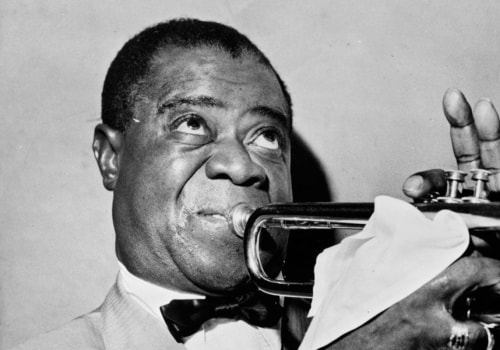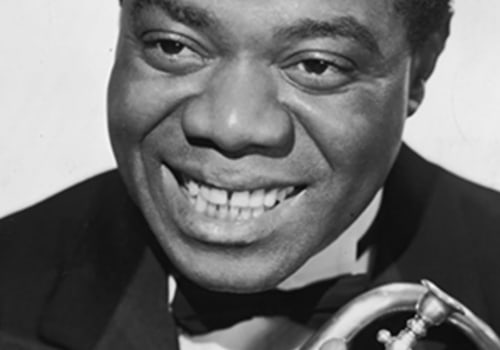Jazz is a genre of music that has its roots in the late 19th and early 20th centuries, when American and European classical music intertwined with African and slave folk songs and the influences of West African culture. The jazz era truly began in the 1920s, when it became popular in the United States and Europe. The “Roaring Twenties” with prohibition, speakeasy bars, flappers and music brought jazz to the mainstream and made overnight success stories of black musicians like Louis Armstrong, Duke Ellington and Count Basie. The jazz era culminated with the historic Benny Goodman concert of 1938 at Carnegie Hall, which brought together musicians of various ethnicities to play jazz inside this sacred hall. At this point, jazz from the 20s and 30s was already beginning to give way to the Big Band era, although musicians such as Ellington and Armstrong would continue to develop jazzy until their death.
Jazz developed in the United States in the early 20th century. New Orleans, near the mouth of the Mississippi River, played a key role in this development. The city's population was more diverse than anywhere else in the South, and people of African, French, Caribbean, Italian, German, Mexican, and American Indian descent, as well as English ancestry interacted with each other. African American musical traditions mixed with others and jazz gradually emerged from a mix of ragtime, marches, blues and other types of music. In the beginning, jazz was mostly for dancing.
In later years, people would sit and listen. The evolution of jazz was led by a series of brilliant musicians such as Louis Armstrong, Duke Ellington (listen to Ellington in Duke's music class), Charlie Parker and Miles Davis. Jazz developed a number of different styles, including traditional jazz, swing (listen, for example, to Benny Carter, who started out in swing music, in Benny's music class), bebop, fresh jazz and jazz-rock, among others. At the same time, jazz spread from the United States to many parts of the world, and today jazz musicians, and jazz festivals, can be found in dozens of countries. Jazz is one of the largest U.
S. exports to the world. The five members of the Original Dixieland Jass Band took an elevator to the 12th floor of the Victor Talking Machine Company building on 38th Street in New York City on February 26th 1917. They were known to play wearing white shirts with buttoned top collars and no ties but wearing black tuxedos with shiny lapels. The song they played for the microphones they expected was silly but it was also a significant moment in American music history - Livery Stable Blues was the first ever jazz recording. Jazz developed in New Orleans at the beginning of the 20th century. The particular mix of African-style drums and Caribbean rhythm found in this song but so common in jazz as a whole points to the time from 1817 to 1843 when black slaves - some from Africa others from the Caribbean others from the interior of the southern United States - met on Sundays in New Orleans' Plaza del Congo to play music and pollinate their traditions.
However it was this syncopation that seemed fascinating and novel to non-black listeners because it was not present in European classical music. Jelly Roll Morton was one of the first great jazz composers and the first to formally write and arrange his band's music. Jazz emerged from African-American slaves who were prevented from maintaining their native musical traditions and felt the need to replace some local form of musical expression. Researchers and historians are still learning about the history of jazz; there are many opinions about what is important in its history. I would respectfully add that European classical and popular music had an influence on its formation as well as American music as a whole. Similarly blues has appeared in most great jazz in one form or another (although it could be said that it is less present in much of contemporary jazz) but there are other genres that use elements of blues without being considered jazzy. The musical DNA of Livery Stable Blues comes from black artists proving that jazz is fundamentally African-American music even if an all-white band was first to record it. The relaxed Cool Jazz of Birth of Cool by Miles Davis The Modern Jazz Quartet and Lennie Tristano school was marketed as a softer alternative to more fiery sounds of bebop. In fact these parameters would exclude several subgenres mentioned above including jazz-rock fusion Brazilian jazz and much what we think modern European (and even American) jazz. This is “Hoist up John B Sail” interpreted as jazzy - if you're interested in traditional song before it was enlivened here is Robert Butler singing it.
Jazz was popular music United States during this period leaders bands such Duke Ellington Count Basie Benny Goodman Artie Shaw became big stars playing large audience dancers.



